Nicolas Rodolfo Fauceglia
Capturing Row and Column Semantics in Transformer Based Question Answering over Tables
Apr 26, 2021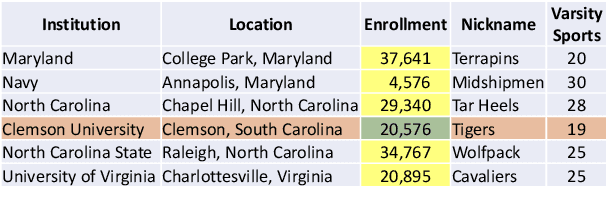

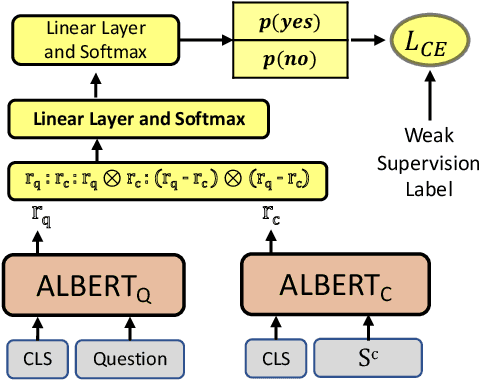

Abstract:Transformer based architectures are recently used for the task of answering questions over tables. In order to improve the accuracy on this task, specialized pre-training techniques have been developed and applied on millions of open-domain web tables. In this paper, we propose two novel approaches demonstrating that one can achieve superior performance on table QA task without even using any of these specialized pre-training techniques. The first model, called RCI interaction, leverages a transformer based architecture that independently classifies rows and columns to identify relevant cells. While this model yields extremely high accuracy at finding cell values on recent benchmarks, a second model we propose, called RCI representation, provides a significant efficiency advantage for online QA systems over tables by materializing embeddings for existing tables. Experiments on recent benchmarks prove that the proposed methods can effectively locate cell values on tables (up to ~98% Hit@1 accuracy on WikiSQL lookup questions). Also, the interaction model outperforms the state-of-the-art transformer based approaches, pre-trained on very large table corpora (TAPAS and TaBERT), achieving ~3.4% and ~18.86% additional precision improvement on the standard WikiSQL benchmark.
Inducing Hypernym Relationships Based On Order Theory
Sep 23, 2019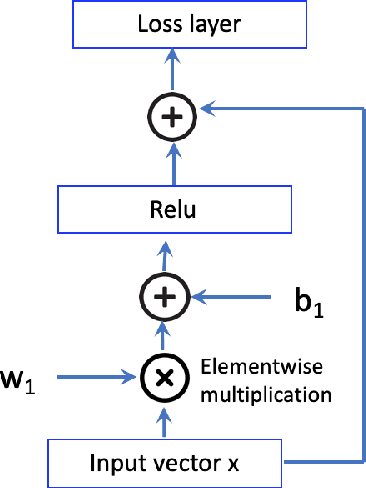
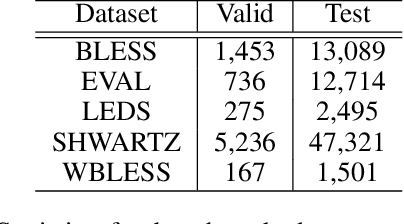

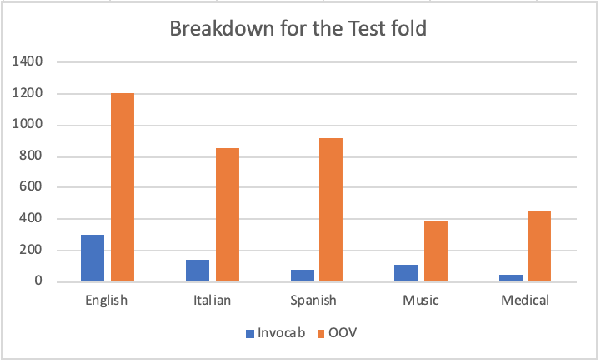
Abstract:This paper introduces Strict Partial Order Networks (SPON), a novel neural network architecture designed to enforce asymmetry and transitive properties as soft constraints. We apply it to induce hypernymy relations by training with is-a pairs. We also present an augmented variant of SPON that can generalize type information learned for in-vocabulary terms to previously unseen ones. An extensive evaluation over eleven benchmarks across different tasks shows that SPON consistently either outperforms or attains the state of the art on all but one of these benchmarks.
 Add to Chrome
Add to Chrome Add to Firefox
Add to Firefox Add to Edge
Add to Edge